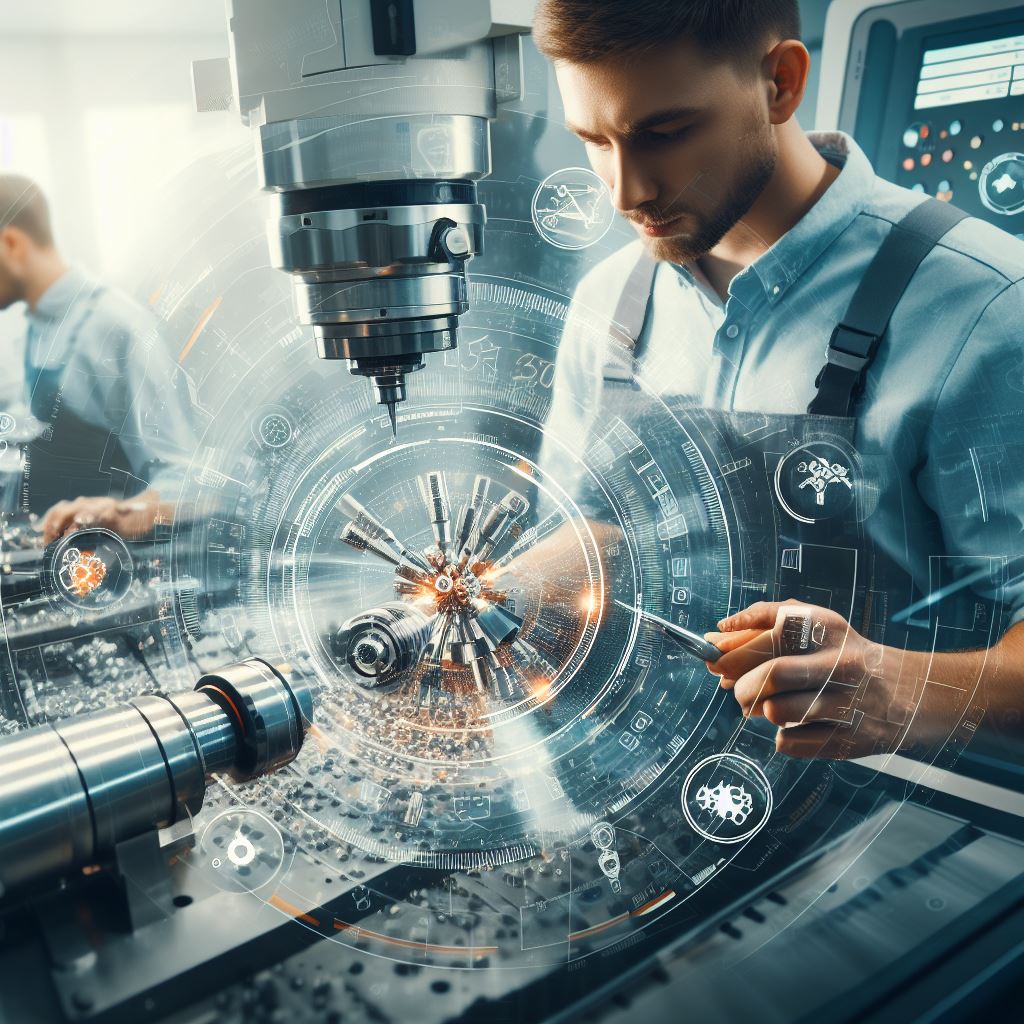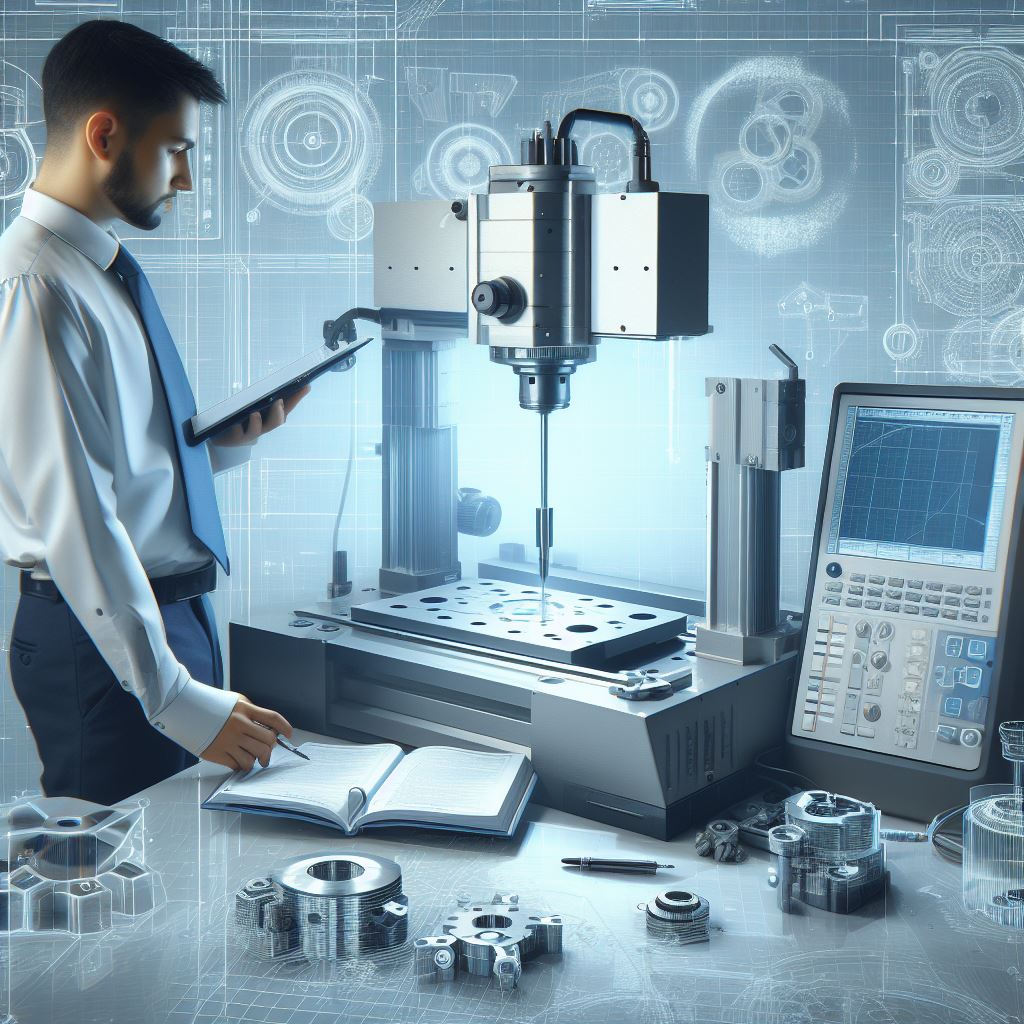Mechanical Component Manufacturing
Mechanical component manufacturing is a process of producing precision mechanical components, often serving as key elements in larger systems, machines, or devices. The production process requires the use of advanced mechanical processing technologies such as turning, milling, grinding, and cutting. Additionally, our engineers and technicians focus on optimizing production processes to ensure high precision, durability, and compliance with strict standards and specifications. The components we supply must meet rigorous quality, durability, and safety requirements.
CNC Milling
CNC milling (Computerized Numerical Control) is one of the most efficient methods for processing flat and shaped metal surfaces. This process involves the use of a milling machine (milling center), which gradually removes the top layer of the workpiece to achieve the desired size and shape. The milling machine rotates around its own axis, while the cutting motion is either performed by the workpiece or the milling tool. CNC milling is indispensable when precise surface processing is required. This technique is commonly used for machining various metals, particularly aluminum, steel, and other types of metals.

CNC Turning
Turning is a method of manufacturing parts by cutting material from a rotating workpiece. The most commonly used material is a bar, which is mounted in the lathe chuck. The cutting process is performed using specialized tools capable of precisely removing material in a specific manner to leave the desired part. Turning is one of the basic operations in mechanical processing and is applied in various industries to create components with different shapes and dimensions with high accuracy.

Coordinated Measurement
Measurements with a coordinate measuring machine (CMM) offer exceptional accuracy and objectivity. One of the main advantages of this measurement technique is the ability to measure objects with complex shapes that cannot be measured using standard workshop tools such as calipers, sensors, microscopes, or length gauges. CMMs allow for precise determination of dimensions, shapes, and positions of elements, which is crucial in many industries where the highest precision measurements are required.

Laser Marking
Product marking involves permanently applying a mark to a product, which serves as the manufacturer’s signature. It typically includes a serial number, catalog number, manufacturing date, and lifespan, which allow for subsequent identification of the product. This is important for warranty purposes, identifying counterfeit items, and sorting for recycling. Laser marking uses a laser beam to apply marks to the surface of objects. This process can remove a thin layer of material or induce thermo-physical or thermo-chemical changes that alter the color. Often, the surface is specially coated with paint or oxide to enhance the contrast of the marking. This method ensures permanent, legible marking, making it indispensable in many fields, including manufacturing, logistics, and quality control.

Interested in Collaboration?
Feel free to reach out.
If you have any questions about our services or products, we invite you to get in touch.
